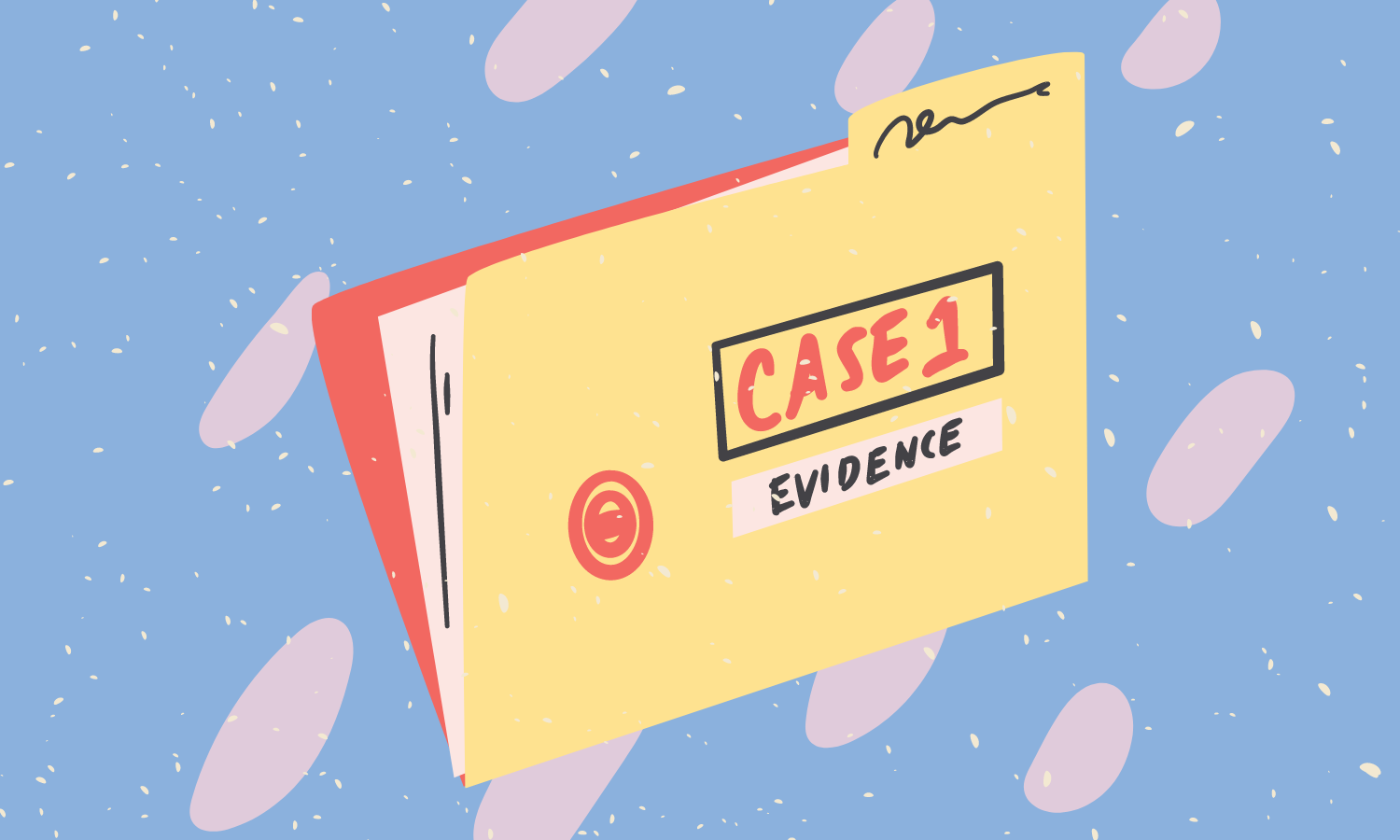Young Families and Life Insurance: What You Need to Know
When you're fresh on the scene and still growing, it can be tricky setting yourself up to keep your family financially safe—but hey, that's what mums and dads are for right? With a bit of know-how from us, we'll explore how life insurance has got your back (literally!). In this article, we'll look at why every young family should consider getting some type of cover plus how to decide which one is right for you (without all the stuffy jargon). And lastly, let’s bust any myths surrounding life cover so there won't be any shocking surprises down the track!
Our families mean the world to us, but while nearly 80% of Aussies say they insure their cars, only 23% say they have life insurance. With research from TAL Life Limited finding that only 29% of Australian families with children have life insurance coverage—it looks like the knowledge gap is keeping young parents outta pocket and at risk when they least need to be worrying.
Sources
Get 4-square security: Types of cover for growing families
These are the 4 main types of insurance you need to know about:
1. Death cover
Worried about leaving your loved ones in the lurch if something were to happen? Death cover can give you that extra peace of mind. With a lump sum payout triggered when two doctors declare an expected life span under 18 months, or on actual passing away: what better way is there to ensure those near and dear have one less thing to worry about? And while taxes may apply depending who you leave any proceeds with, they're still never taxable outside super.
2. Total & Permanent Disability (TPD) cover
This could be a lifesaver if you find yourself unable to work ever again. Payouts are returned as one big, juicy lump sum. You'll need this kind of financial safety net in case you don't have enough money saved for essential costs like mortgages and medical bills down the line.
3. Trauma or Critical Illness cover
Trauma and Critical Illness cover is the insurance you want to make sure your future financial security won't take a hit when life throws lemons at ya. Most retail policies will give you cover for up 40 illnesses, including heart attacks, cancer, strokes, burns and loss of limbs—95% of claims across all age groups are paid out once the diagnosis is confirmed. You can pay from your bank account and this can't be funded by superannuation. It might seem like an unnecessary expense now but if medical bills start piling or needed extended leave from work due to illness occur down the track then this could save you bacon! Claim payments are tax-free so that sweetens things ever so slightly.
4. Income Protection (or salary continuance)
If you're off work due to an illness or accident, then you're covered when you have income protection. Generally, there's a 30-day waiting period as standard but can extend it out to 90 days (allowing you time saved in premiums!) so that 70% of your income is taken care of. With monthly instalments paid in arrears, and even lump sums available through trauma/TPD claims; this cover guarantees peace of mind however the situation arises.
Common misconceptions about life insurance: Separating fact from fiction
Ahh, life insurance, those little white lies that miss the truth. A lot of young families put life insurance on the back burner but it's especially important to get it right when navigating your options—because if there’s one thing, we Aussies know about risk-taking, you don't want your family in a tight spot without some cover! Let's take four of the biggest myths out back and give them old-fashioned facts check.
Myth 1: Life insurance is too expensive.
One of the biggest misconceptions about life insurance is that it is too expensive. Sure, it can cost a bit more depending on certain things like your age and health, but when it comes to providing financial security for those that mean most to us, then suddenly 'expensive' doesn't seem like such an issue! It's definitely worth considering if peace of mind is what you're after.
Myth 2: I don't need life insurance because I'm young and healthy.
Hey, don't be fooled into thinking you can skip life insurance because of your age and good health. Sure, the younger you are when picking up a policy, generally speaking, the lower your premiums will be… but that's not all! It could also mean getting more cover for less money in case something unexpected occurs down the line. So dig deep now to grab those sweet deals while they're still around.
Myth 3: I already have life insurance through my employer.
Sure, the life insurance offered through your job is a great start, but it only goes so far! Those policies can have some pretty limiting caps on cover and if you move jobs...poof! They’re gone. It is important to understand the details of your employer-sponsored life insurance and consider supplementing it with a personal policy, so nothing slips through the cracks.
Myth 4: My beneficiaries will be taxed on the life insurance pay out.
Many people are concerned about the tax implications on claim payments. However, in most cases, life insurance pay outs are tax-free. Most folks get a nice, fat pay out without having the ATO coming down like party poopers. Still, it's best practice to check with your financial adviser to understand the tax implications of your specific policy.
Let’s get real: Case studies
Imagine you're a young couple, in your 30s, with two young children. You're busy building your careers and taking care of your family. You have a mortgage, student loans, and daycare costs to manage. It's a lot to handle, but you're making it work. However, have you considered what would happen if something were to happen to either of you? Who would take care of the kids? Who would pay for their education? Who would manage the mortgage and other debts?
Meet Joe and Jen...
A young couple in their 30s with two young children and living the dream—Joe, hammering away in construction for $75,000 a year while wifey Jen brings it home as a teacher on her own cool $60,000! Both working together they easily make enough dough to pay all their bills each month.
It's easy to see how their finances are a total breeze with $4,000 left over each month after forking out for the mortgage ($3,000), student loan payments ($500), day-care costs ($1,500) and utility bills/car payments/any odd 'n' ends (another $2,500). All up it adds to 8 grand-five! That should leave them plenty of pocket money.
It was a tough break for Joe, who had been toiling away on the construction site—literally. Unfortunately, he took an unexpected tumble and injured his back so badly that it kept him out of work for months. With bills needing to be paid but no income coming in, things looked pretty bleak…This is where their life insurance policy with income protection came in handy.
Despite being out of action because of his injury, he still managed to get 70% of his monthly salary. Not only that but the couple were able to maintain their quality lifestyle—bills covered and mortgage payments kept up even though Joe had been jobless at the time of the claim.
Joe and Jen were like two koalas hugging a eucalyptus tree with relief thanks to their life insurance policy. Even in the darkest of times, that income protection had got them covered—so all they could focus on was Joe's recovery.
Meet the Smiths...
The Smiths are the perfect modern-day Aussie fam. They've been married for 8 blissful years and have two kiddos to show for it! Mr. Smith is climbing his way up in life—he's a sales manager for a tech company with an $13,000 income every month and Mrs. Smith is a stay-at-home mum.
Monthly Bills and Expenses
Mortgage: $2,500; Utilities (electricity, water, gas): $300; Groceries: $1,000; Car payments: $400; Car insurance: $100; Phone bills (2 phones): $150; Childcare: $1,500; Miscellaneous expenses: $2,000
Mr. Smith had a rough start to the year when he got into an unfortunate accident that resulted in surgery and 6 months off work. But thanks to their income protection policy which kicked in and kept 'em afloat—covering 70% of hubby's monthly wages while he recovered. The claim payment gave them a bit of extra cash too—enough to keep livin' life as usual!
Now this is where personal insurance comes into play. It's there to help when you're out of action for a bit, whether it be from serious illness or disability. Income Protection can provide that extra income stream, so your bills get paid, and life keeps ticking over until you bounce back into action! Having everything sorted with safety nets in place means your family can stay stress-free financially, even through a tricky time. On top of that, you get the say on how to divvy up all your moolah after kicking the bucket—talk about having control over what happens next!
If you're keen to hear some real-life stories of young families and their life insurance claims, then check out this webinar recording link:
Determining the right level of cover for your family's needs
It pays (not literally!) to think ahead and make sure your family is covered.
When determining the amount of life insurance cover that your family needs, there are several factors to consider. First is to work out how much debt needs accounting for in case of an emergency, like mortgages, car loans, or credit card debts. This is a great starting point when considering life insurance cover!
Another factor to consider is the amount of income that your family would lose without your contribution. This includes your salary and those bonuses we all love; plus any other moolah left untouched in the bank account! Establish your needs too like your family's current and future expenses—take into account everything from the daily bread-and-butter expenses like food and transport costs—right through to big things whether you're renting or buying, it's always good to get things accounted for. Don't forget–when planning ahead, consider wholesome investments like children’s education or retirement funds—just as important! Once you know where your money is going each month, you're golden!
To work out how much life insurance cover you need for your family, the best thing to do is talk it through with a financial adviser. They'll consider all of your financial commitments at present and in the future too, so no set-and-forget here!
Choosing the right insurance policy can be a tricky business. Make sure you compare apples with apples when checking out premiums and any other fees—it'll help you make an informed decision on what's best for your budget! It pays to look beyond just cost too—consider cover options available, from death cover to critical illness cover that might come in handy one day. Lastly, do some research into how stable insurers' financials are before committing so there won't be any unwelcome surprises. And again, if that sounds like hard yakka, get an expert who can work through all this stuff without breaking a sweat.
The final piece to the puzzle
If all the different life insurance policies have you feeling confused, it's time to call in the experts! An experienced financial adviser can help make sense of this tricky terrain and get your cover on track. Plus, they'll compare policies across providers, so you find one that really suits you—not like trying to pick a piece out at an IKEA store with everyone watching *gulp*. Don't let unexpected events take control; invest some time into sorting out your future today.






